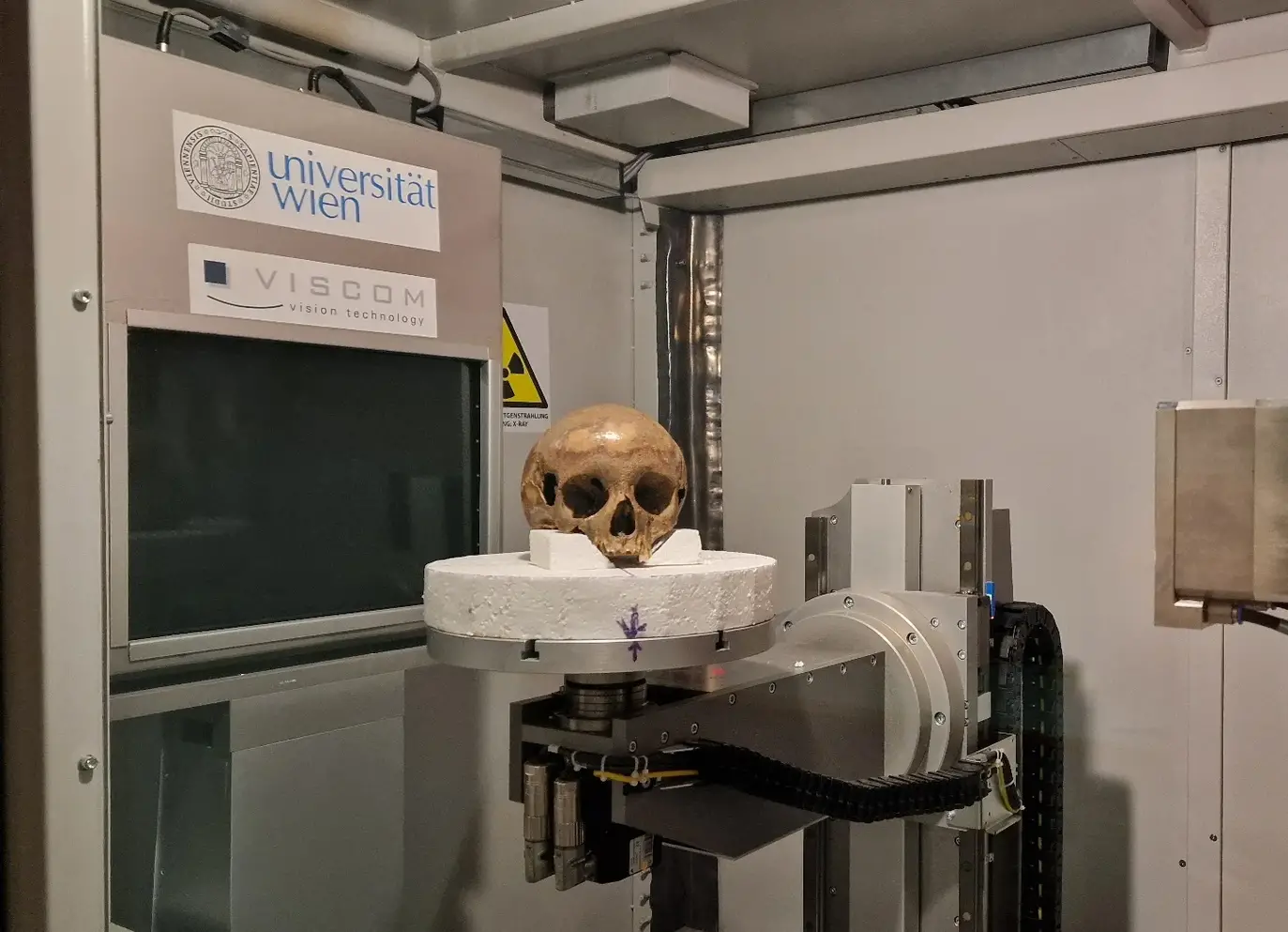Unraveling a Centuries-Old Mystery
A multidisciplinary team, led by anthropologist Gerhard Weber from the University of Vienna, has conducted an in-depth analysis of a skull discovered in 1929 among the ruins of Ephesus, Turkey. This remarkable find was originally unearthed by Austrian archaeologist Josef Keil from a water-filled sarcophagus within the "Octogon," a grand structure situated on Ephesus’s main street. Decades later, in 1982, further excavations recovered the rest of the skeleton from a niche in the tomb’s anteroom.
Was the Skull Linked to Arsinoë IV?
Due to architectural similarities between the Octogon and Egypt’s Pharos of Alexandria, scholars speculated that the skull belonged to Arsinoë IV, the youngest daughter of Ptolemy XII Auletes and a sister or half-sister of Cleopatra VII. Historical accounts align with this possibility, as Arsinoë IV was exiled to the Temple of Artemis at Ephesus before being executed in 41 BC by order of Mark Antony at Cleopatra’s behest.
Scientific Examination and Findings
Employing cutting-edge techniques in evolutionary anthropology, researchers performed micro-CT scans, radiocarbon dating, and genetic analysis on the skull. The study, published in Scientific Reports, determined that the remains date between 36 and 205 BC. Genetic testing further confirmed the presence of a Y chromosome, indicating that the skull belonged to a male, rather than Arsinoë IV.
Morphological analysis revealed that the remains were of a young boy, aged between 11 and 14, who exhibited developmental abnormalities. These included prematurely fused cranial sutures and significant jaw deformities, possibly caused by a vitamin D deficiency or genetic conditions such as Treacher Collins syndrome.
New Avenues for Research
This groundbreaking discovery not only dispels the long-held theory linking the remains to Arsinoë IV but also opens up fresh lines of inquiry into the true identity of the individual buried within the Octogon. The search for Arsinoë’s final resting place continues, as researchers delve deeper into the mysteries of ancient Ephesus.







